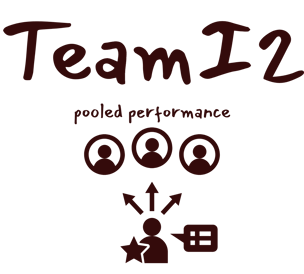Analysis
Softwares
Comprehensive meta-analysis (CMA), meta package in R, RevMan are some examples.
Most of these can be self learnt via books, online web-pages and youtube videos.
Pay attention that some (CMA for eg) will only work on windows.
Analysis video 1
Softwares for meta-analysis
Model
Meta-analysis of studies from literature search must always be 'random effects'.
Numerical pooled rates do not change between random effects and fixed effects if I2 heterogeneity is zero.
Consider reporting 95% prediction interval when using random effects model.
Analysis
Clarify pooled outcomes that you plan to report and makes the team members are all on the same page.
Meta-analysis of studies that report % values or proportions should ideally report pooled % values of pooled proportions.
Meta-analysis of prospective comparison trials or controlled trials would typically report ratios (such as risk ratio, odds ratio) and meta-analysis of such studies should ideally report pooled ratios.
Analysis part 2
Understand the outcomes that you are planning to report in your meta-analysis
Outcomes
Typically you would report the pooled rates (pooled proportions or pooled ratios) as mentioned above based on the study outcomes.
Each reported outcome would have corresponding 95% confidence intervals.
I2% heterogeneity and 95% prediction interval must be reported.
Subgroup analyses and meta-regression analysis add further strength to your study.
Statistics video 3
Understand basic statistical concepts in meta-analysis
Statistics
Statistics is one of the weak areas for any medical doctor and can seem intimidating.
My recommendation would be to read journal articles, discuss it with your peers and critically appraise the methods, statistics and outcomes.
Collaborate with others who are comfortable with statistics & analysis.
Use your academic statistician if one is readily available.
Some reading material I recommend: 'common mistakes in meta-analysis and how to avoid them' by Michael Borenstein; 'How not to be wrong, The power of mathematical thinking' by Jordan Ellenberg.


